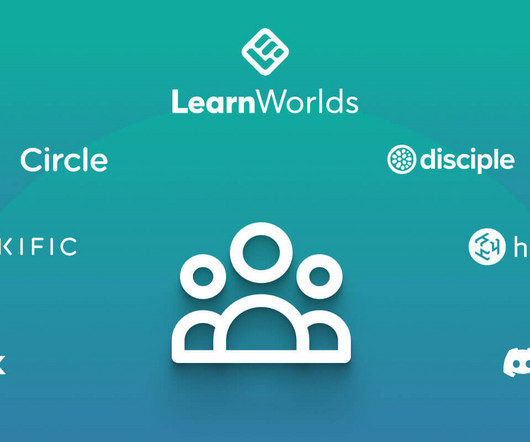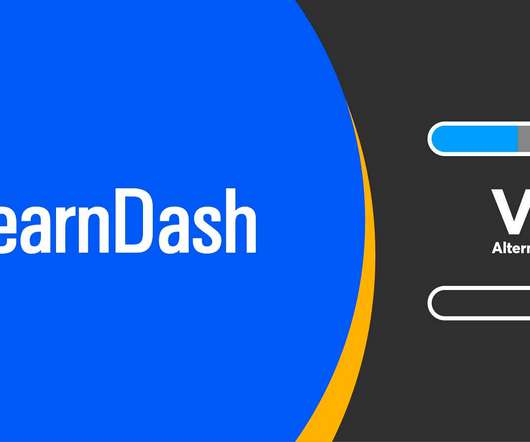A quick guide to knowledge sharing (L&D)
Learning Pool
NOVEMBER 30, 2022
Facilitate social learning: Social learning means learning together. Social learning transfers the practices and features of social media to learning in the workplace. Organize online training events that are led by learners rather than instructors so that knowledge can percolate up.

























Let's personalize your content